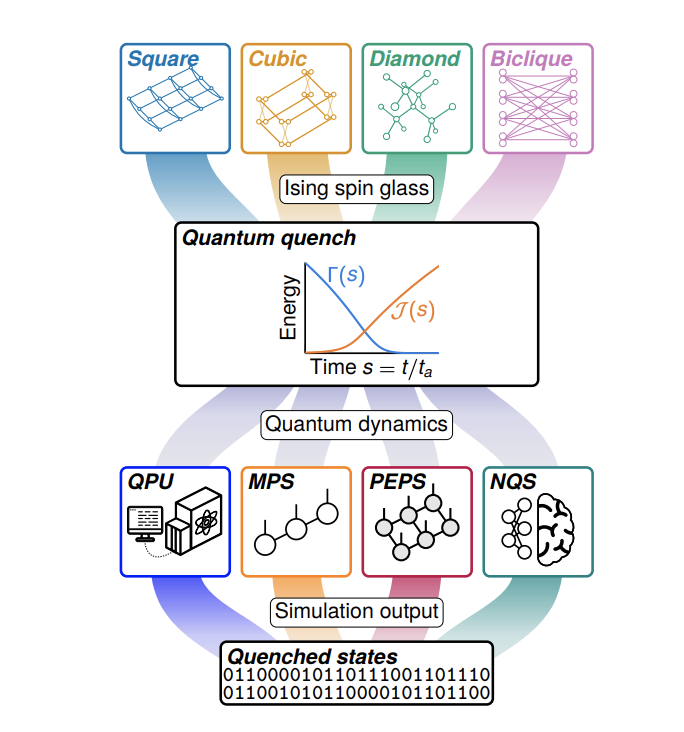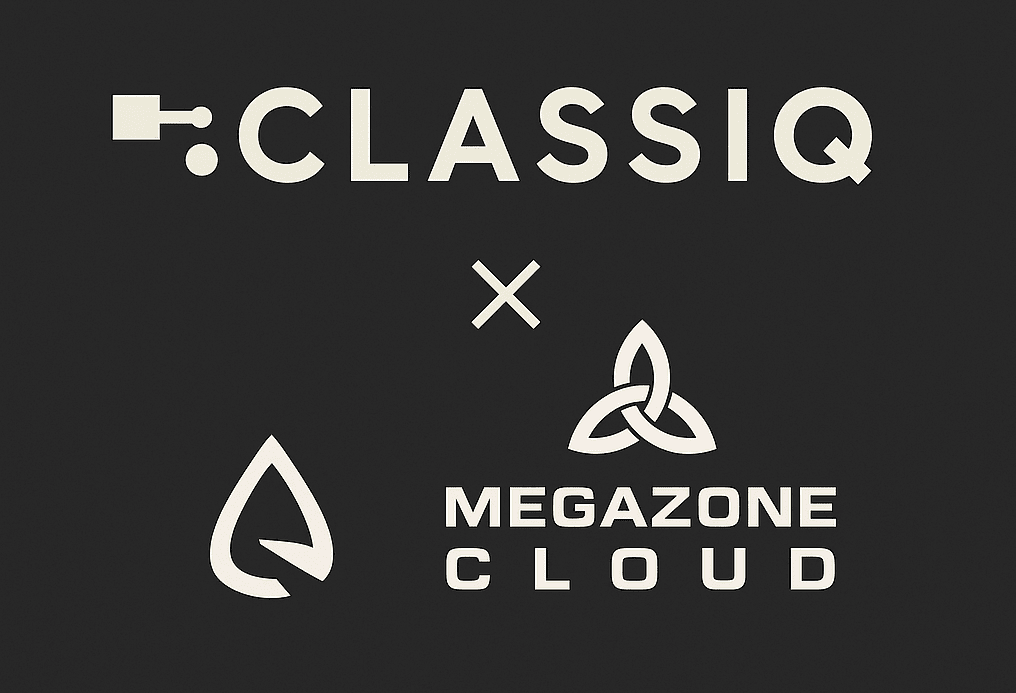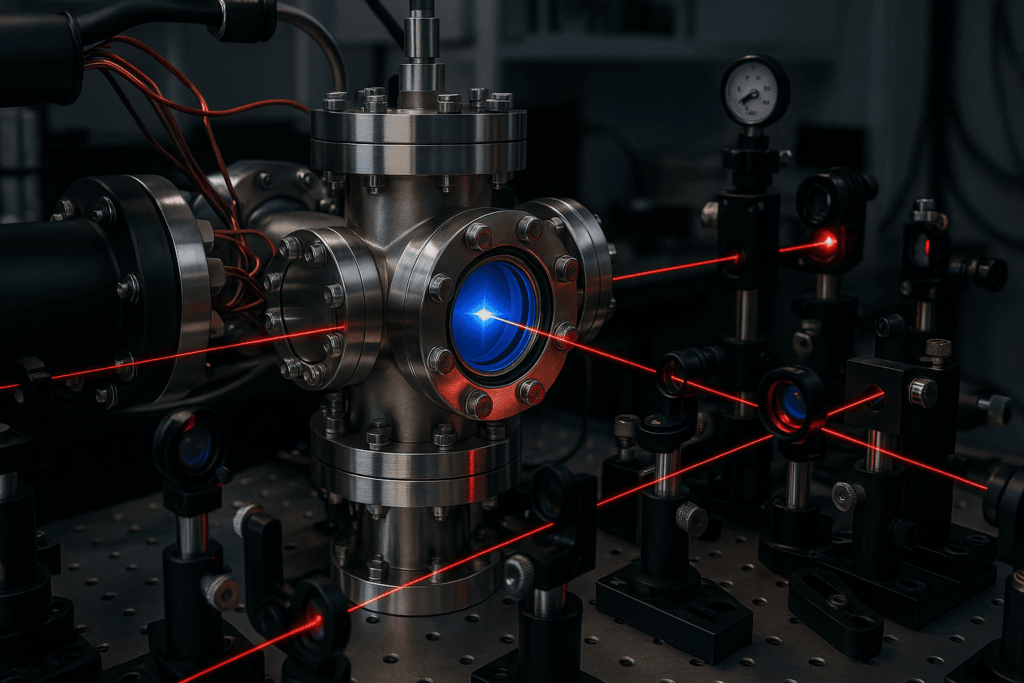Insider Brief
- A team of D-Wave-led researchers report on strides toward quantum advantage.
- In a study, the scientists said superconducting quantum annealing processors can efficiently simulate the nonequilibrium dynamics of a magnetic spin system undergoing a quantum phase transition.
- The researchers suggest that a classical computer would taken millions of years to complete complex versions of the task.
A team of researchers, led by scientists from Canadian quantum computer pioneer D-Wave, have made significant strides in simulating phenomena that classical computers struggle to solve.
In a paper published on the pre-print server ArXiv, the researchers have now shown that superconducting quantum annealing processors can efficiently simulate the nonequilibrium dynamics of a magnetic spin system undergoing a quantum phase transition, a task that poses formidable challenges for classical computers due to the exponential growth of required resources with system size.
The study focuses on the transverse-field Ising model. or TFIM — a quantum mechanical model used in statistical physics and quantum computing to study phase transitions and the magnetic properties of materials. The researchers used superconducting quantum annealers to model the quench dynamics—the rapid change of magnetic fields—through a quantum phase transition. The team reports the experiments were performed on two models of D-Wave quantum annealing processor: a prototype Advantage2™ processor (ADV2) and an Advantage™ processor.

They added that the approach successfully generated samples in line with solutions of the Schrödinger equation, which, if it holds up under peer review, would be an advance in the simulation of quantum phenomena.
According to the paper, classical simulations of such quantum dynamics have traditionally relied on methods that quickly become impracticable as the size of the system increases. The researchers compared the performance of quantum annealing with state-of-the-art classical simulation techniques, including tensor networks and neural networks. Their findings reveal that no known classical approach can match the accuracy of the quantum annealer within a reasonable timeframe.
In fact, the study concluded that even the most advanced classical algorithms would require runtimes of millions of years on modern supercomputers — such as Summit and Frontier supercomputers at Oak Ridge National Laboratory — to approximate larger quantum dynamics at the accuracy level demonstrated by the quantum computers.
This work extends beyond just the theoretical interest in the subject and touches on applications in condensed matter physics, optimization and potentially artificial intelligence. The quantum annealing processors used in this study have demonstrated their ability to simulate quantum phase transitions and quantum critical dynamics with high precision across various dimensional spin glass topologies. The advance, then, could have practical implications for both science and technology, according to the team.
They write: “The nonequilibrium quantum dynamics studied here are responsible for a scaling advantage over classical dynamics in optimization. This impracticability of classical simulation opens the door to quantum advantage in optimization and AI, addressing scientific questions that may otherwise remain unanswered, and applications that may be classically impossible.”
Exploring And Assessing Advantage
The computational advantage of quantum annealers was illustrated through simulations that spanned one-dimensional chains to more complex structures, including square, cubic, diamond and biclique topologies. For smaller scale simulations, the accuracy of quantum annealers was validated against exact solutions obtained through meticulous matrix product state (MPS) simulations on some of the world’s most powerful supercomputers. For larger systems, beyond the reach of classical simulations, the results from quantum annealers aligned with theoretical predictions based on universal quantum critical dynamic scaling, emphasizing their potential to explore quantum phenomena at unprecedented scales.
To quantify the challenge for classical computations, the study assessed the computational resources needed for classical methods to approximate the quantum dynamics at the quantum annealer’s level of accuracy. The results of this study found that even with the most advanced classical algorithms, the computational cost grows in a way that would make simulation of larger systems practically impossible. Specifically, for MPS, the research highlighted a stretched-exponential scaling of the required computational resources with system size, projecting runtimes on the order of millions of years for simulations on leading-edge classical supercomputers for systems only marginally larger than those currently able to be simulated.
The next step for the research would be vetting through peer-review.
The team included: D-Wave Quantum Inc. in Burnaby, British Columbia, Canada; Department of Physics and Astronomy and Quantum Matter Institute at the University of British Columbia in Vancouver, British Columbia, Canada; Jagiellonian University, Institute of Theoretical Physics in Kraków, Poland; Vector Institute in Toronto, Ontario, Canada; Department of Physics and Astronomy at the University of Waterloo in Ontario, Canada; Max Planck Institute for Solid State Research in Stuttgart, Germany; Department of Physics at Boston University in Boston, MA, USA; Computational Sciences and Engineering Division at Oak Ridge National Laboratory in Oak Ridge, TN, USA; Perimeter Institute for Theoretical Physics in Waterloo, Ontario, Canada; Institute for Theoretical Physics at ETH Zürich in Switzerland; and Department of Physics at Simon Fraser University in Burnaby, British Columbia, Canada.
For a deeper dive into the study, please review the paper of ArXiv.
For more market insights, check out our latest quantum computing news here.
















